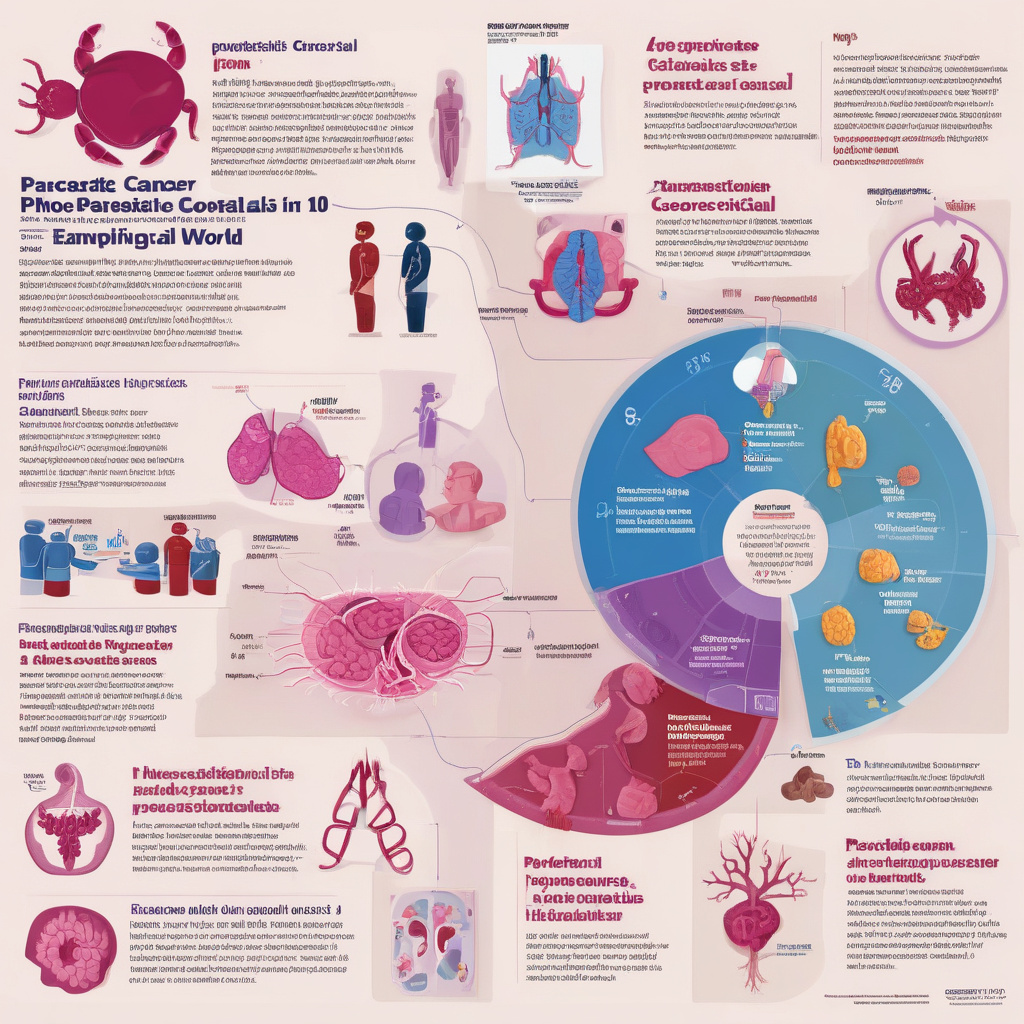From Pancreatic to Colorectal: 10 Deadliest Cancers in the World by Survival Rate
Cancer remains one of humanity’s most formidable challenges, claiming the lives of millions every year. The battle against this relentless disease is fought on many fronts, with researchers and medical professionals striving to understand and combat the various forms it takes. Among the plethora of cancer types, some stand out for their particularly low survival rates, posing significant challenges to both patients and healthcare providers. In this article, we will explore the 10 deadliest cancers in the world based on survival rates, ranging from pancreatic cancer to colorectal cancer.
- Pancreatic Cancer:
Pancreatic cancer is notorious for its aggressive nature and poor prognosis. With a five-year survival rate of around 10%, this cancer often goes undetected until it reaches advanced stages, making treatment difficult and outcomes bleak.
- Liver Cancer:
Liver cancer is another formidable opponent, especially in regions where hepatitis B and C are prevalent. The five-year survival rate for liver cancer is approximately 18%, highlighting the urgent need for early detection and intervention.
- Lung Cancer:
As one of the leading causes of cancer-related deaths worldwide, lung cancer has a five-year survival rate of only 18%. Smoking, air pollution, and occupational hazards contribute to its high prevalence and low survival rates.
- Esophageal Cancer:
Esophageal cancer is often diagnosed at a late stage, leading to a five-year survival rate of around 20%. The aggressive nature of this cancer underscores the importance of regular screenings for at-risk individuals.
- Stomach Cancer:
Stomach cancer poses a significant global health burden, with a five-year survival rate of approximately 31%. Early symptoms are often vague, resulting in delayed diagnosis and poor outcomes.
- Brain Cancer:
Brain cancer encompasses a diverse group of tumors with varying survival rates. On average, the five-year survival rate for brain cancer is around 35%, highlighting the complexity of treating this disease due to the delicate nature of the brain.
- Ovarian Cancer:
Ovarian cancer is often called the “silent killer” due to its lack of early symptoms. With a five-year survival rate of approximately 47%, early detection through screenings and genetic testing is crucial for improving outcomes.
- Bladder Cancer:
Bladder cancer has a five-year survival rate of around 77%, but this varies depending on the stage at diagnosis. Blood in the urine and frequent urination are common symptoms that warrant further investigation.
- Breast Cancer:
Breast cancer affects both men and women, with a five-year survival rate of approximately 90%. Advances in screening methods and treatment options have significantly improved outcomes for breast cancer patients in recent years.
- Colorectal Cancer:
Colorectal cancer rounds out the list of the 10 deadliest cancers, with a five-year survival rate of around 65%. Screening tests such as colonoscopies can help detect precancerous polyps early, leading to better prognosis and treatment outcomes.
In conclusion, the battle against cancer continues to be a top priority in the medical field, with researchers and healthcare providers working tirelessly to improve early detection methods, treatment modalities, and overall survival rates. By raising awareness about the deadliest cancers and promoting regular screenings and healthy lifestyle choices, we can make significant strides in the fight against this formidable disease.
cancer, deadliest cancers, survival rate, healthcare, early detection












